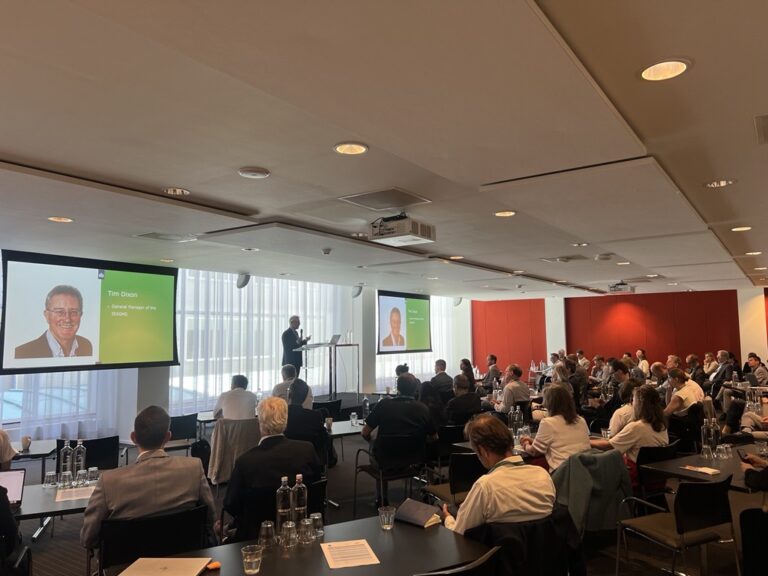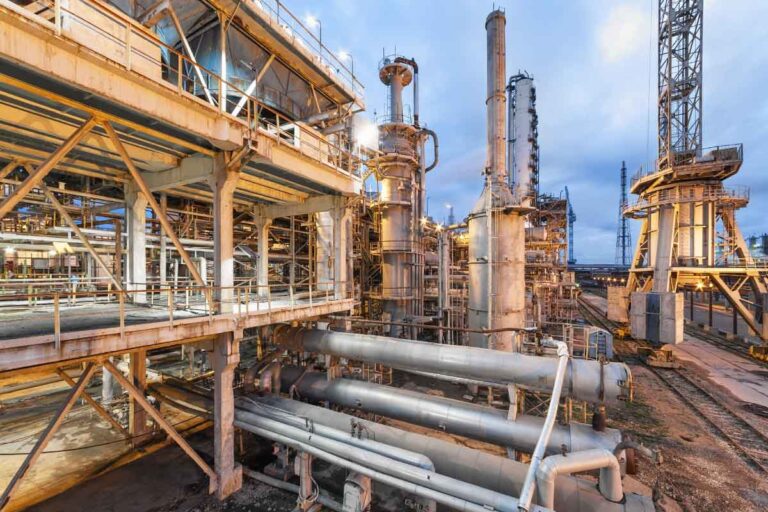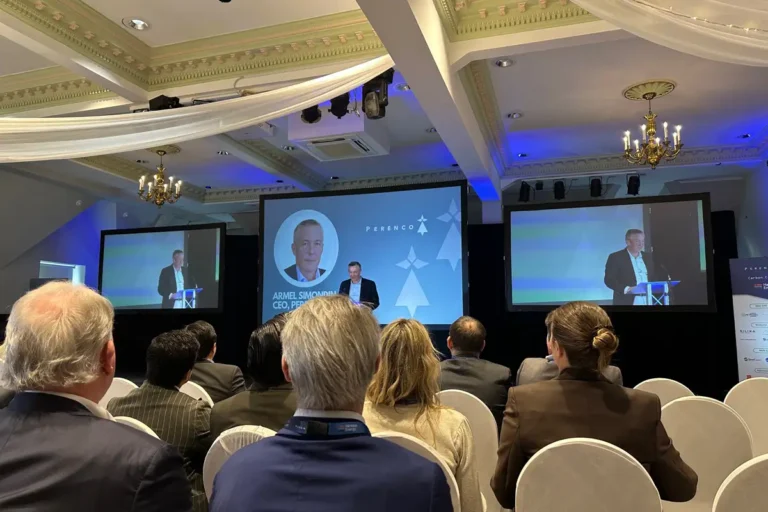
Boaty McBoatface meets CCS
12 April 2017

I went to Portland Harbour to see the results of the harbour trials of the UK Energy Technologies Institute funded marine Monitoring Measurement and Verification (MMV) system which has been developed for CO2 storage site surveillance. This has a strong emphasis on the utilisation of AUVs (autonomous underwater vehicles – now famous from “Boaty McBoatface”).
The purpose of this project is to develop and demonstrate a cost-effective integrated MMV system for CO2 and environmental assessments in the marine environment. The project is led by Fugro in collaboration with Sonardyne, with input from the National Oceanography Centre (NOC), the British Geological Survey (BGS), Plymouth Marine Laboratory and the University of Southampton. As well as adapting an AUV to mount the required sensors and equipment, Sonardyne have developed and tested two Landers with this project.
The detection performance in these shallow harbour trials is very impressive. The next stage is sea trials in the greater depths of the North Sea.
These developments will enable more optimised and cost-effective environmental monitoring at CO2 storage sites offshore.
And yes, if you were wondering, this AUV is a sister vessel to the now famous “Boaty McBoatface” AUV which is now on deployment in the Antarctic (see http://noc.ac.uk/education/educational-resources/boaty-mcboatface ).
Many thanks to Rob Hines of Fugro, Graham Brown and Rob Crook of Sonardyne, and the rest of their team at Portland Harbour for an interesting and informative visit. We look forward to hearing more on these world-leading developments at our Monitoring Network meeting and the Offshore CCS Workshop in June in the USA.
For more information see IEAGHG Information Paper 2017-IP18 and http://www.eti.co.uk/programmes/carbon-capture-storage/measurment-modelling-and-verrfication-of-CO2-storage-mmv .

Other articles you might be interested in
Get the latest CCS news and insights
Get essential news and updates from the CCS sector and the IEAGHG by email.
Can’t find what you are looking for?
Whatever you would like to know, our dedicated team of experts is here to help you. Just drop us an email and we will get back to you as soon as we can.
Contact Us NowOther articles you might be interested in
Get the latest CCS news and insights
Get essential news and updates from the CCS sector and the IEAGHG by email.
Can't find what you are looking for?
Whatever you would like to know, our dedicated team of experts is here to help you. Just drop us an email and we will get back to you as soon as we can.
Contact Us Now









